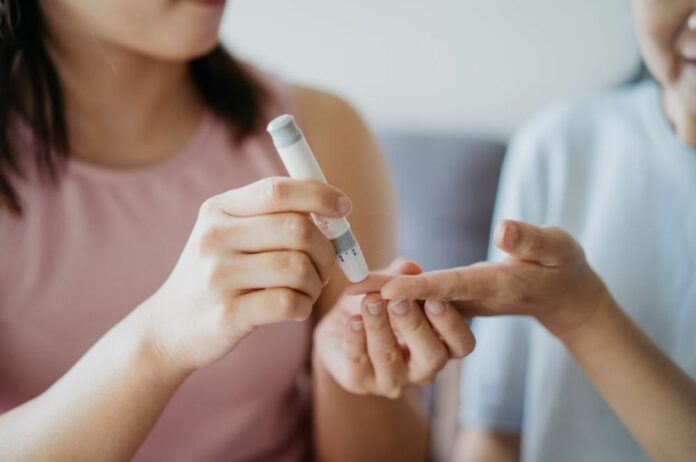People with type 2 diabetes should spend time in natural daylight rather than artificial light to boost nutrients and improve blood sugar control, says a new study.
Findings presented at the European Association for the Study of Diabetes (EASD) conference in Hamburg suggest that embracing natural light might be a game-changer in managing type 2 diabetes (T2D).
Why is Natural Light More Crucial for Diabetics than We Thought?
Ivo Habets from Maastricht University, who spearheaded the research, points out, “The misalignment of our internal circadian clock with the demands of a 24/7 society is associated with an increased incidence of metabolic diseases, including type 2 diabetes. Natural daylight is the strongest zeitgeber, or environmental cue, of the circadian clock but most people are indoors during the day and so under constant artificial lighting.”
The focus of the study was two-fold:
- To determine if daytime exposure to sunlight could enhance blood sugar regulation in T2D patients.
- To understand how it impacts the body’s natural rhythm in utilizing carbs during the daytime and fats at nighttime for energy.
Diabetes Control: Why is Daylight as Important as Diet?
In their quest to understand the effects of different lighting on people with T2D, Mr. Habets, along with his Dutch and Swiss teammates, undertook a series of metabolic assessments. These tests were conducted under two distinct lighting environments – genuine daylight and synthetic LED light – to discern any notable differences.
The study enlisted 13 participants, average-aged 70, and with specific metabolic indicators. These individuals were hosted in specialized research facilities that maintained a strict regimen regarding their light exposure, dietary intake, and activities.
During standard working hours (from 8 a.m. to 5 p.m.), the participants were introduced to both lighting setups: sunlight streaming through windows and LED lighting. These exposures were spaced out by a month and spanned 4.5 days each.
Notably, during the natural light phase, the light’s intensity peaked around midday, recording an average of 2453 lux. In contrast, the LED lighting stayed consistent at 300 lux. Post-work hours were characterized by very low light (under 5 lux), transitioning to complete darkness for bedtime, from 11 pm to 7 am.
Throughout this time, participants consumed a uniform diet and had their glucose levels consistently monitored using arm devices. Comprehensive evaluations were carried out towards the tail end of each phase.
Specifically, on the fourth day, metrics such as 24-hour substrate metabolism, energy expenditure at rest, and the respiratory exchange ratio (indicative of the primary energy source – fats or carbs) were examined in intervals.
Blood samples were drawn to check certain metabolites, and the core body temperature was tracked over a day. As these parameters typically exhibit a day-long rhythm, the aim was to uncover any variations between the two light conditions.
The subsequent day focused on analyzing the activity of genes linked with our internal body clock. After a muscle biopsy was taken on an empty stomach, a mixed meal test (MMT) was conducted to gauge insulin production.
Could the Sun be Your Secret Weapon Against Diabetes?
Key observations from the study:
- Blood sugar levels were maintained in the ideal range notably longer under natural daylight (59% of the time) compared to artificial lighting (51%).
- Exposure to natural light seemed to ease the body’s transition from using carbs to fats for energy.
- Certain genes pivotal in maintaining our body’s clock showed more activity under natural light.
- Other metabolic parameters, including energy spending and core body temperature, remained consistent in both light scenarios. However, distinct patterns emerged in serum glucose and plasma free acids.
Daylight Might Just Be Your Superfood
Habets emphasizes, “Our research shows that the type of light you are exposed to matters for your metabolism. If you work in an office in almost no exposure to natural light, it will have an impact on your metabolism and your risk or control of type 2 diabetes, so try to get as much daylight as possible, and ideally, get outdoors when you can.”
He further notes that while these findings shed light on a new dimension of metabolic health, more research is required to understand the depth of artificial light’s impact and how much natural light is essential to counteract its effects.
Image Credit: Getty
